In this last installment of a four-part #BarkBlog series about how challenger brands create big success by focusing on small consumer niches, we’ll look at the way leaders use company culture to drive their brands.
In 1992, a young Stefan Pierer paid $4 million to buy KTM Motorcycles from its creditors with an eye on a quick turnaround. It was regarded by many as a sucker’s bet. Once an Austrian icon, the brand’s luster had faded in lock step with the loss of industry respect. Worse yet, the brand had become a target of derision for customers who’d been burned by bad bikes while the company slowly collapsed under the weight of poor stewardship.
It’s one thing to start from scratch with a clean slate as an unknown brand and quite another to carry the burden of a bad reputation.
KTM had become the butt of jokes, and when the jokes were no longer funny the brand was all but forgotten. Such are the hazards of a fickle market that cycles quickly on the steady churn of fresh young buyers with short attention spans and a taste for the next new model.
If the brand’s health worked against Pierer, the state of the motorcycle market offered no help whatsoever. The market for motorcycles was shrinking, and fury had turned to frenzy among a group of aggressive rivals who offered high quality products and value KTM couldn’t match. With its claim to fully half the motorcycle market, Honda, with a gaggle of Japanese challengers in tow, held firm ground right where KTM needed to rebuild.
None of the news was good. As he considered options for his brand, Pierer surveyed a market in decline filled with cutthroat competitors cast against a cynical industry and a wake of jaded consumers. Add to this mash-up of misery a dealer network that had been all but dismantled by the brand’s demise.







